
Pew poll indicates less than half of Latinos feel confident in the justice of local policing
Philly Latinos have seen their share of bad cop behavior.
Philly Latinos have seen their share of bad cop behavior.
Lt. Jonathan Josey punched Aida Guzmán in the face as she was walking by him in the festivities after the 2012 Puerto Rican Day parade. In 2009, four narcotics cops were accused of all manner of grievous abuses of power — from theft to abuse — by bodega owners, many of them Dominican. An ACLU report released in 2013 estimated that in Philadelphia Latinos are 2.5 times more likely to be arrested when they are found to be in possession of marijuana than whites are (Blacks are 5 times more likely to be arrested).
It is no surprise then that when polled, a majority of Latinos expressed less confidence in their local police than whites did. The poll, summarized by the Pew Research Center on Aug. 28, indicates that while 63 percent of Latinos think the police do a good job of enforcing the law, only 45 percent are confident that they will not use excessive force on suspects. Fifty-one percent of Latinos have little confidence that whites and Latinos are treated equally by the police, and even fewer Latinos (48 percent) have confidence that whites and Blacks are treated equally.
Less confidence evinced by those under 30
The original Aug. 25 poll from Pew further indicates that, across the board, the younger you are the less likely you are believe the police are doing a good job of treating racial groups equally. Forty-six percent of those under 30 believe the police do a poor job of it, and another 27 percent think they do only a fair job of it. Likewise, a full 68 percent of those under 30 believe that police do a poor or only fair job when determining the right amount of force to be used in a situation, and 74 percent of that age group believes that the police do a poor or only fair job of holding officers accountable for their actions.
This lack of confidence in police fairness, judgment and accountability wasn't born in a vacuum. This year in Philadelphia, Darrin Manning — an African-American teenager running to make an athletic meet — was stopped for no discernable reason by police, and then frisked so roughly he had to receive medical treatment.
Impunity for police action
The fact that the police officer accused of hurting Manning was cleared is part of an ongoing pattern that reinforces the sense that police will rarely be held accountable, no matter the amount of witness or evidence against them. The investigation of the aforementioned narcotics officers who rousted the bodegas, for example, was closed this year, without charges being brought against the officers. The association of Dominican bodega owners called it an incomprehensible outcome given the depth of testimony available.
In the case involving Josey and Guzmán — which was caught in its entirety on video — not only did the Fraternal Order of Police propose to throw a party for the accused officer while he was suspended and the investigation of his conduct took place, but in issuing his ruling that cleared the officer, Judge Patrick Dugan characterized the action as reasonable because of the neighborhood where it happened (the heart of the Barrio at 5th and Lehigh). Guzmán's lawyer said after the verdict that the Latino community was portrayed as "scary, lawless people."
"Without good reason or cause"
The unweighted sample size of the Pew poll is small (140) and polling was effected by phone landlines. Since the majority (53.1 percent) of Latino adults are wireless-only, the resulting numbers have a large margin of error — 9.6 percentage points. A fuller sampling of the subsets of the Latino population would certainly reveal the degree to which local policing dynamics impact confidence in equal treatment across racial and ethnic lines. In a 2013 study titled "Insecure Communities: Latino Perceptions of Police Involvement in Immigration Enforcement," with a respondent size of 2,004 Latinos in counties where Secure Communities collaboration between local police and immigration authorities were in place, 78 percent of the undocumented immigrants surveyed said police officers stop Latinos without good reason or cause. Sixty-four percent of foreign-born Latinos believed the same, as did 58 percent of U.S.-born respondents.
Representation and perception
The previously cited Pew poll reveals all sorts of strangeness in our perceptions of our relationships to each other as racial and ethnic groups. Only 53 percent of Latinos think Blacks and whites get along "pretty well" and "very well," compared to 64 percent of Blacks and 75 percent of whites. Only 56 percent of whites think Latinos and Blacks get along "pretty well" and "very well," compared to 67 percent of Latinos and 78 percent of Blacks. Sixty percent of Latinos and Blacks think whites and Latinos get along "pretty well" and "very well," compared to a whopping 83 percent of whites.
But do these perceived positive relationships find reflection in policing? In the Philadelphia of Manning and Guzmán and victimized bodegueros it is hard to see it, especially in the Manning and Guzmán incidents where racial and ethnic profiling were undisguised motivations.
In 2011 the City of Philadelphia entered into a consent decree with the ACLU of Pennsylvania a year after after the civil liberties organization filed a class-action suit over the police department's stop-and-frisk tactics. Despite the agreement, 40 to 45 percent of the city's 215,000 stops in 2013 had no legal justification, according to the ACLU's data, and that furthermore 76 percent of the stops were of African Americans and Latinos, and 85 percent of the frisks were of minorities.
It points to deeply racialized perceptions of criminality in the city's law enforcement officers, but also to lack of representation within the department. The sworn officers of the department are 56 percent white, 34 percent African American, 8 percent Latino and 1.4 percent Asian. Of those, 78 percent of the commanders are white, 22.9 percent are Black and .001 percent are Latino and Asian. department's demographic breakdown doesn't begin to match Philadelphia County's actual demographic composition: 36.6 percent white (not Latino or Hispanic), 44.2 percent African American,13.3 percent Latino and 6.9 percent Asian.
Community
The shooting of Michael Brown — an unarmed African American teenager — by a white police officer in Ferguson, Mo., has drawn attention to police departments out of whack with the communities they police. According to the Department of Justice, about 75 percent of police officers are white on all police forces. In Ferguson — where the population is 67 percent Black and 29 percent white — the department is 94.6 percent white. No matter how idealized a view of law enforcement we may hold, what is irrefutable is that the Ferguson police force is not representative of the Ferguson community. Neither is the Philadelphia police force. Nor, in all likelihood are the majority of police departments in the nation.
The Philadelphia police department has, on multiple occasions, told AL DÍA News that they are actively seeking out Latino candidates, but haven't had much success recruiting them. And it is no surprise — how do you recruit members of a community to join the police when the majority of that community has "just some" or "very little" confidence in the way you police them?



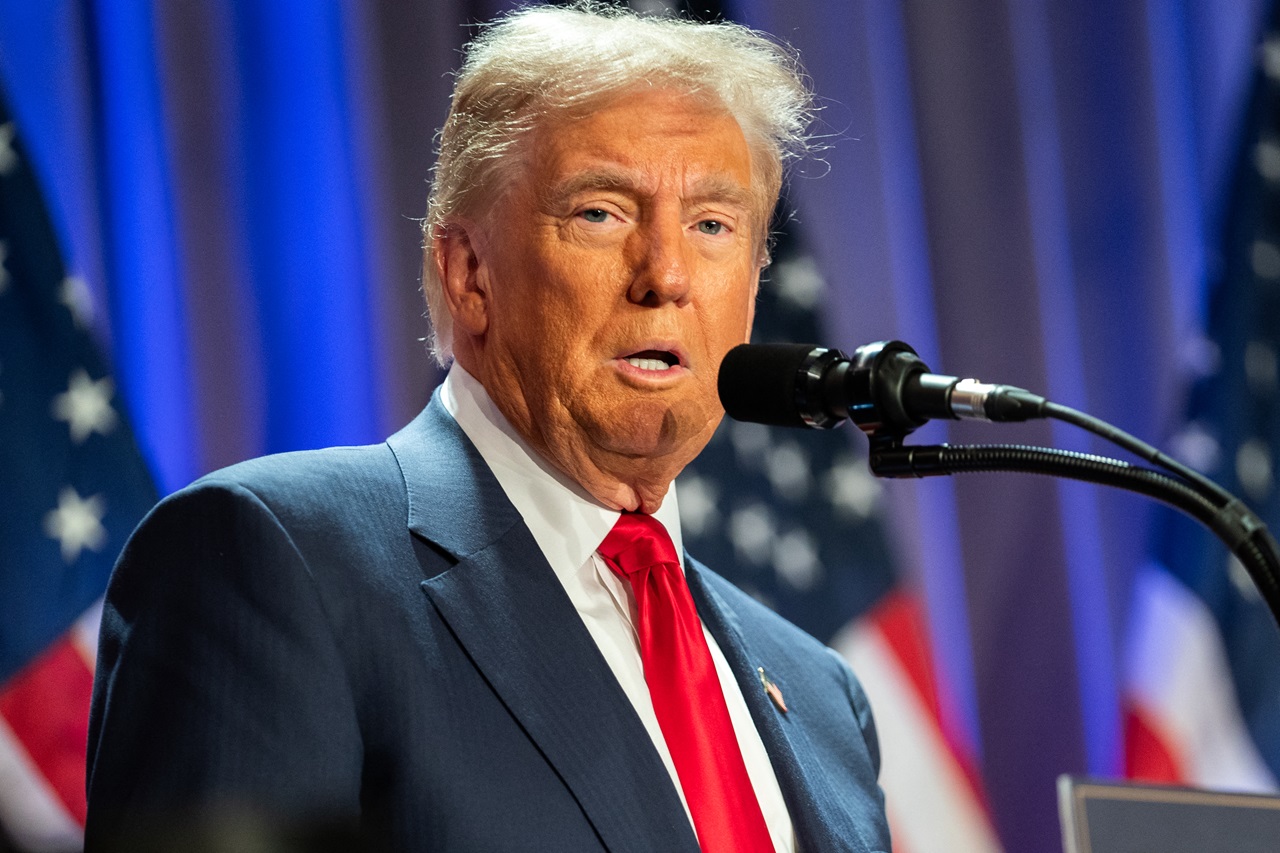

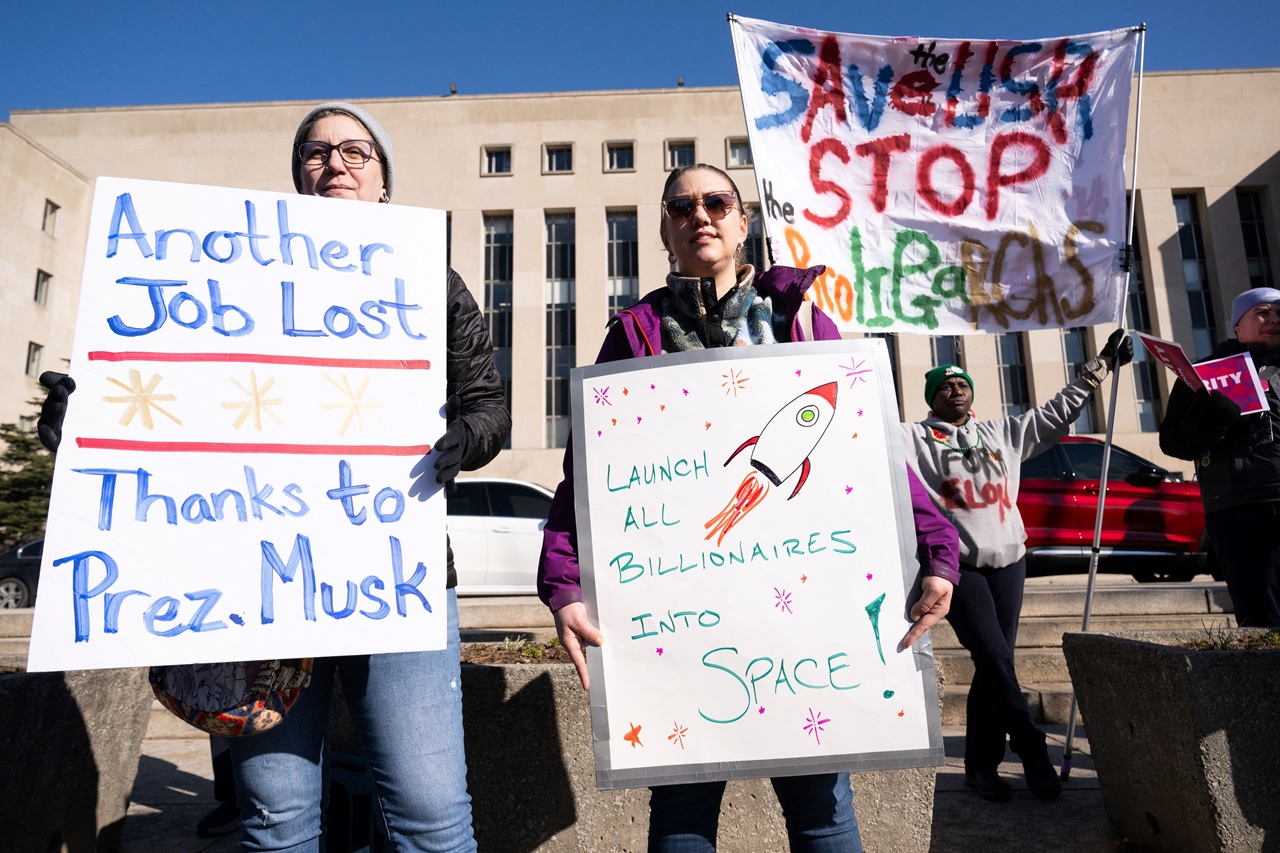
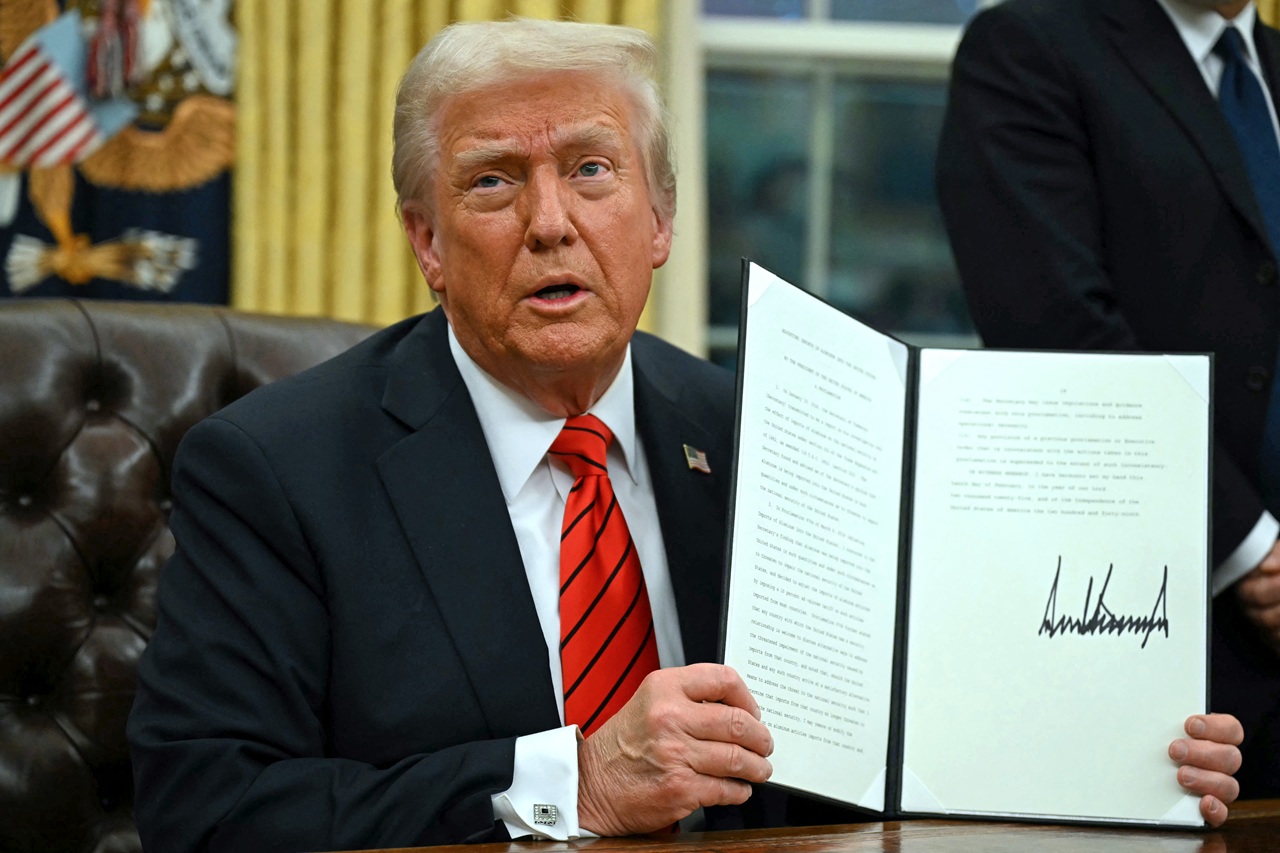
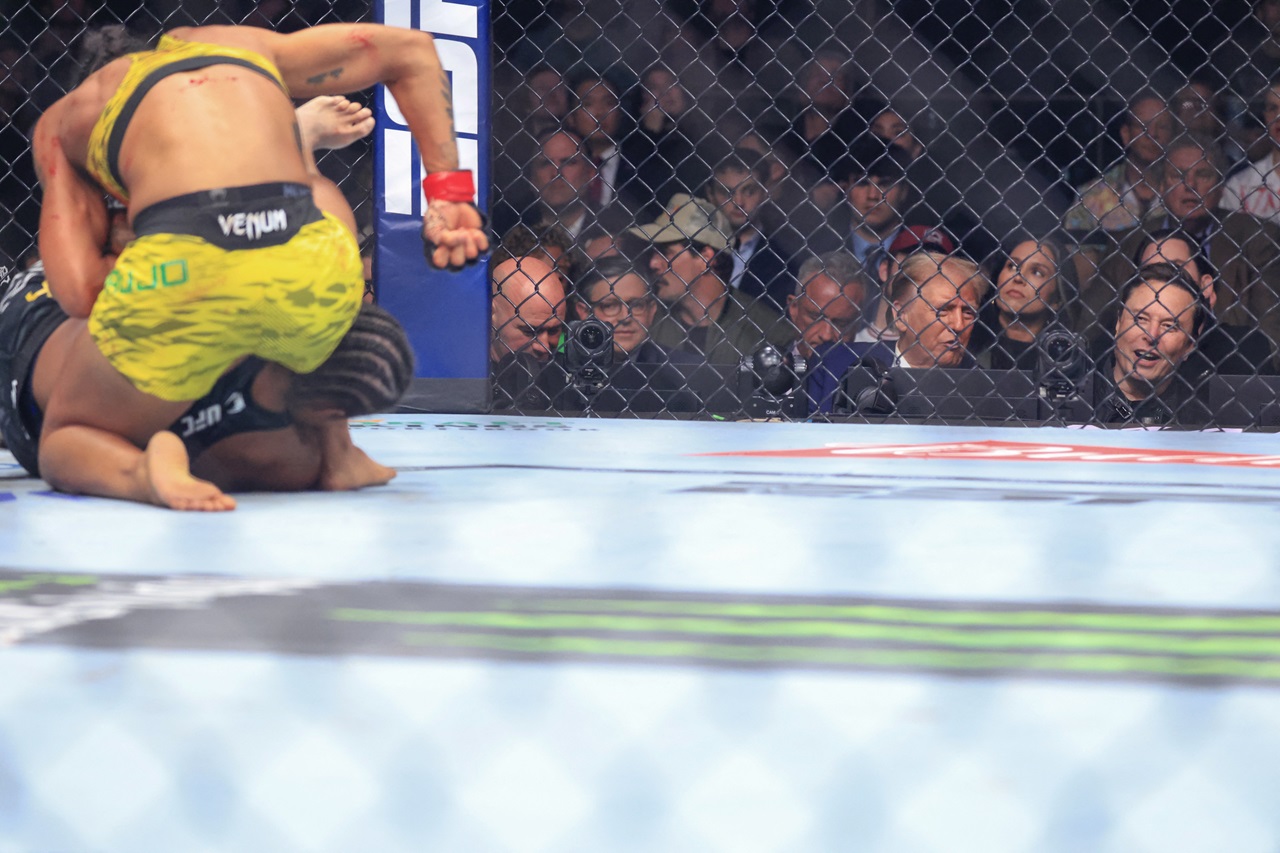
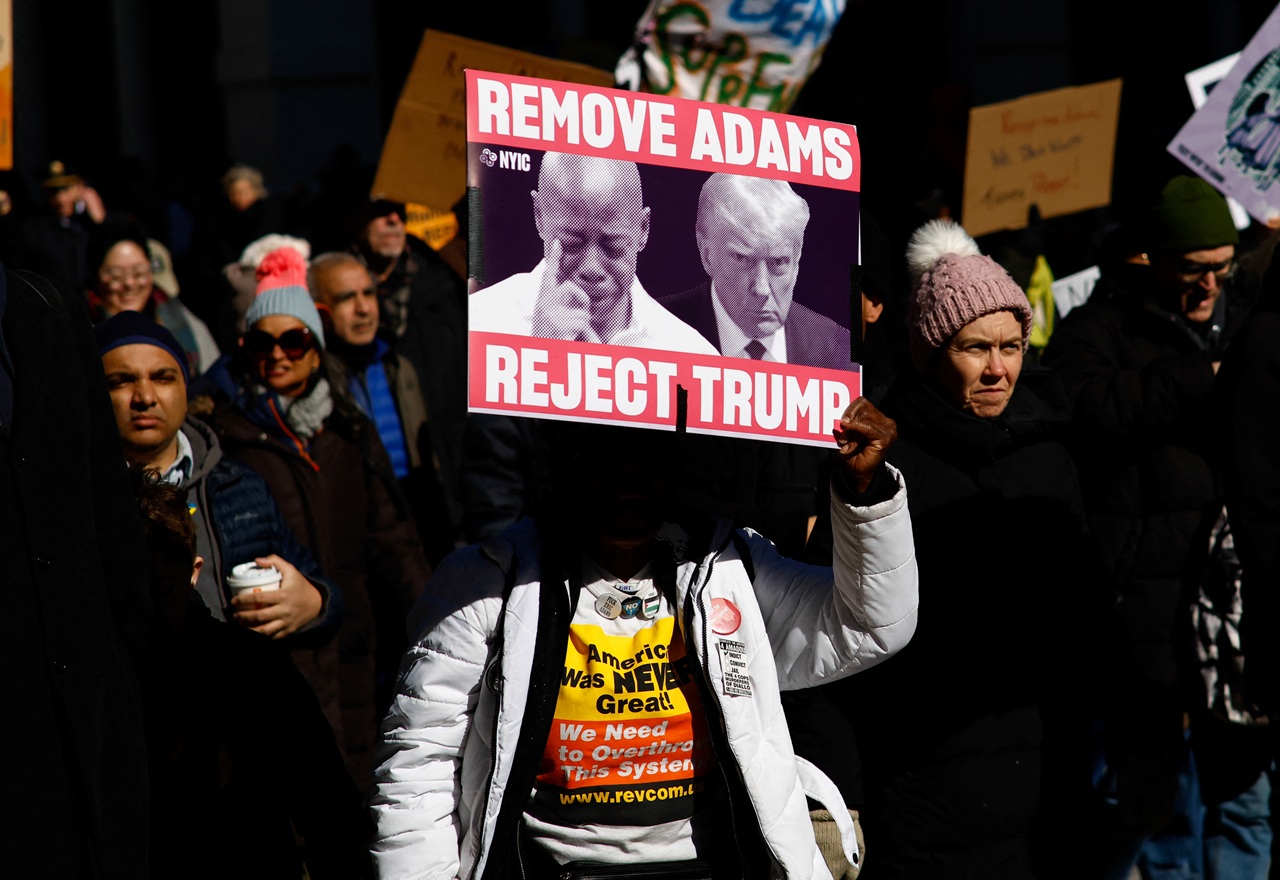
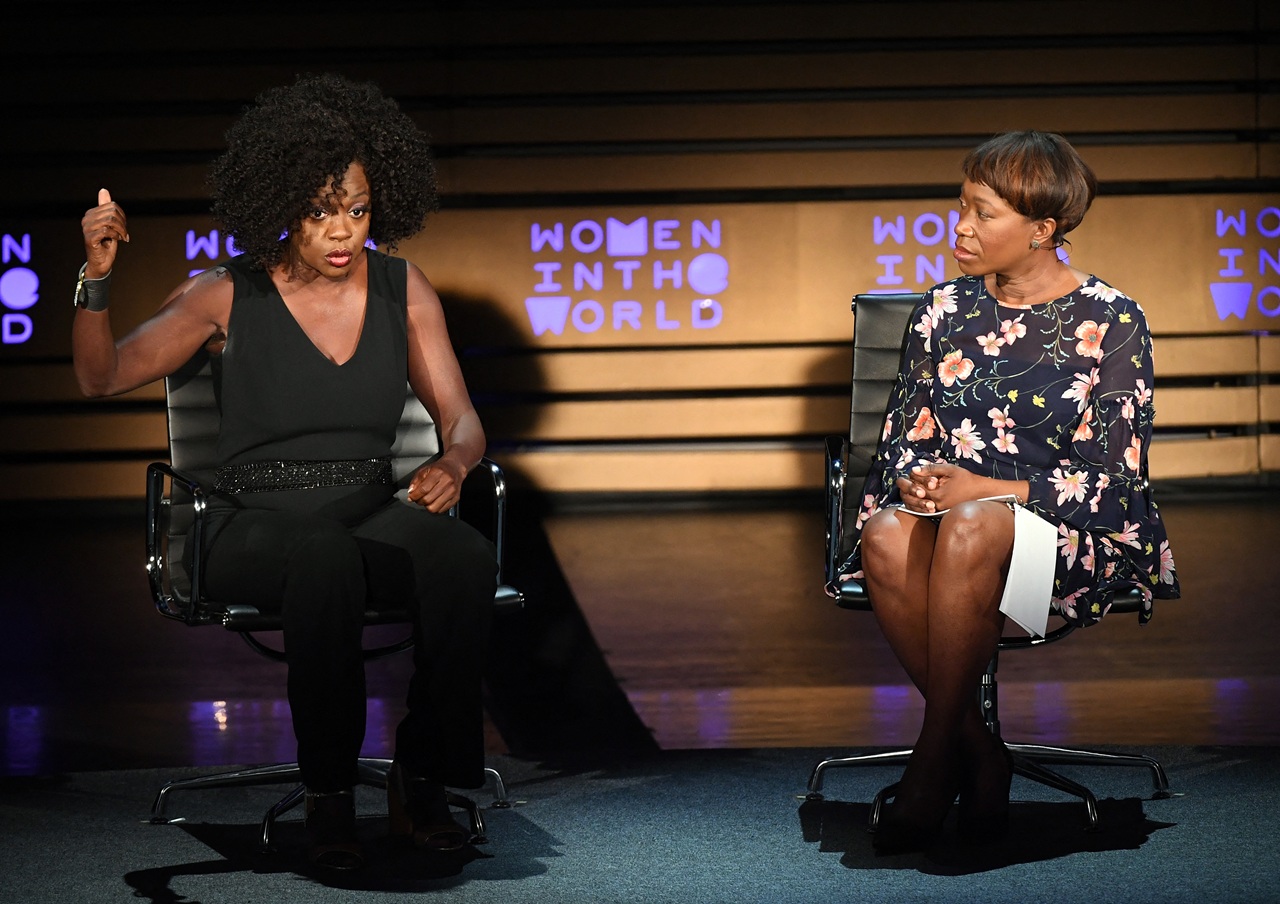
LEAVE A COMMENT: